Stroom Invest interviews / curator Sona Stepanyan
Sona Stepanyan (b.1987, Armenia) is an independent curator in Moscow. She was a curator at Armenia Art Foundation and worked on the educational program of Garage Museum of Contemporary Art in Moscow. Sona is also a member and co-founder of the curatorial studio Triangle, which focuses on supporting emerging artists and curators. After a visit to The Netherlands organized by the Mondriaan Fund in 2016, she will be a guest in the Stroom Invest program in The Hague in September.
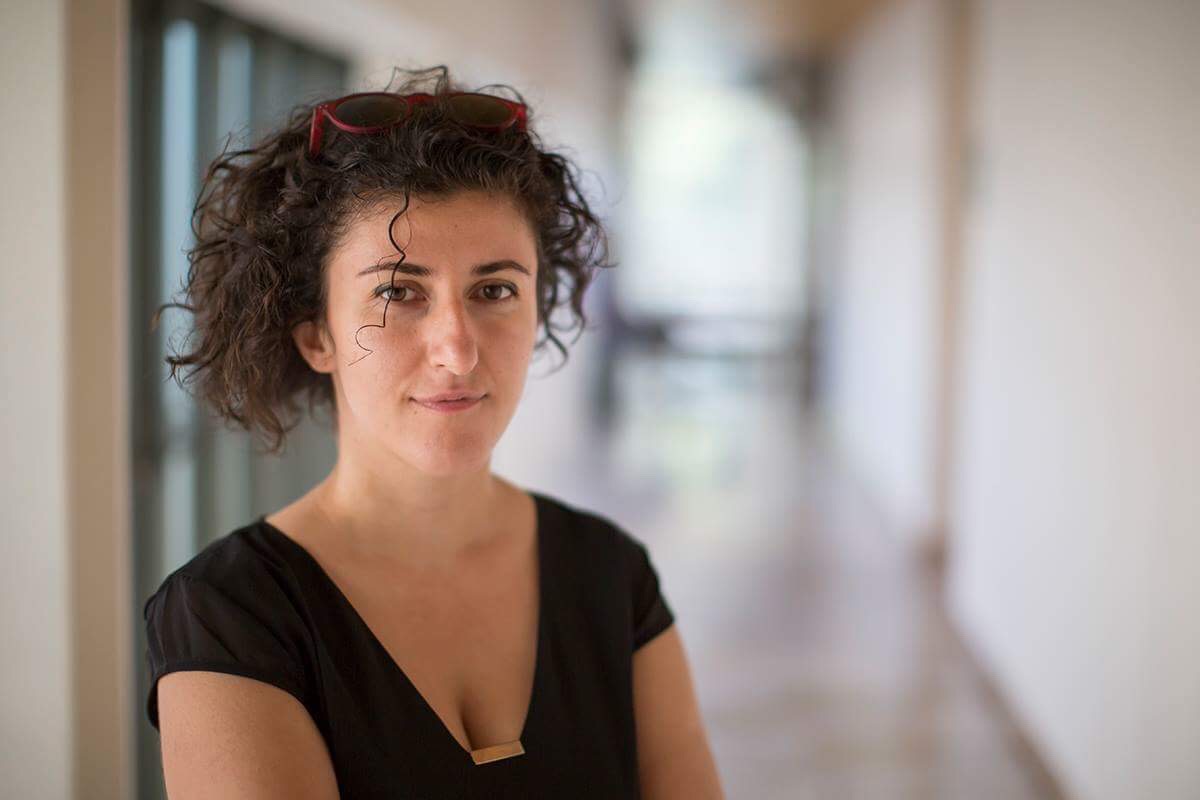
Frits Dijcks: What do you consider your daily work?
Sona Stepanyan: Learn and tell stories, speak up with my experience, generate situations of interaction between people. Of course, this requires a lot of strong-willed effort, management skills, correspondence and conversations and that’s basically what I do most of the day.
Do you have memories to the moment that you first experienced ‘art’?
The first acquaintance with art that impressed me for the rest of my life, which I clearly remember, took place at the age of 7 in my hometown of Kapan in the South of Armenia. It was the very first day of school, and by tradition, high school students starting their last year were greeted with gifts to all first graders. I got a beautiful album on Western European art, which awakened in me the desire to try and be inside this world for as long as possible. In the context of the end of the acute period of the military conflict over Nagorno-Karabakh with all the ensuing difficulties and the subsequent migration of my family, this album opened the doors for the first practical art classes and meetings with artists. I don’t know if this tradition still exists.
Is there a particular reason why you decided to work within the arts professionally?
I believe in contemporary arts as a medium of verity and as an area with regular attempts to question and advance the world. What makes it different for me from other fields with similar approaches, is that the strategies used by artists are creative, not destructive.

What kind of people in Armenia are interested in contemporary art and how do you think contemporary art will be able to develop in Armenia?
The audience is diverse, but mostly it expects typical Armenian art with its symbols.
This is not only an Armenian, but often also an international audience. Such expectations were formed due to the long Soviet colonial policy, long years of representation of Armenia as a “sunny republic with apricots”. As well as due the stigmatization of the still unresolved issue of the Armenian Genocide of the early 20th century. This, of course, applies to a wide audience, there are always sophisticated viewers who follow contemporary art more closely.
People outside of Armenia are often very interested in seeing contemporary Armenian art and learning about its processes, because they don’t have much information about it. Often, when faced with contemporary art they are surprised and shocked, because it often does not differ from Western art and speaks the same universal language.
Of course, the dialogue between professional audiences and art practitioners, as well as international formats of art representation, such as the STANDARD Triennial of Contemporary Art, Yerevan artist-run biennale, Armenia Art Fair and others attract new audiences. But this is not enough for the development of artistic production and new meanings. It is necessary to include and cooperate with local institutions and have the state support, which still remains only diplomatic in nature.
You moved from Yerevan to Moscow. Why?
I spent two years working as a curator of Armenia Art Foundation and researching the art scene. By the time my contract was almost over, it happened that the Foundation stopped its activities and there was no further possibility to continue together. From the very beginning I knew I would go back to Moscow, where I grew up and was shaped in a bi-cultural environment. This kind of experience helps for accepting and embracing oneself in places in between. So I am always willing to consider living in a new places.
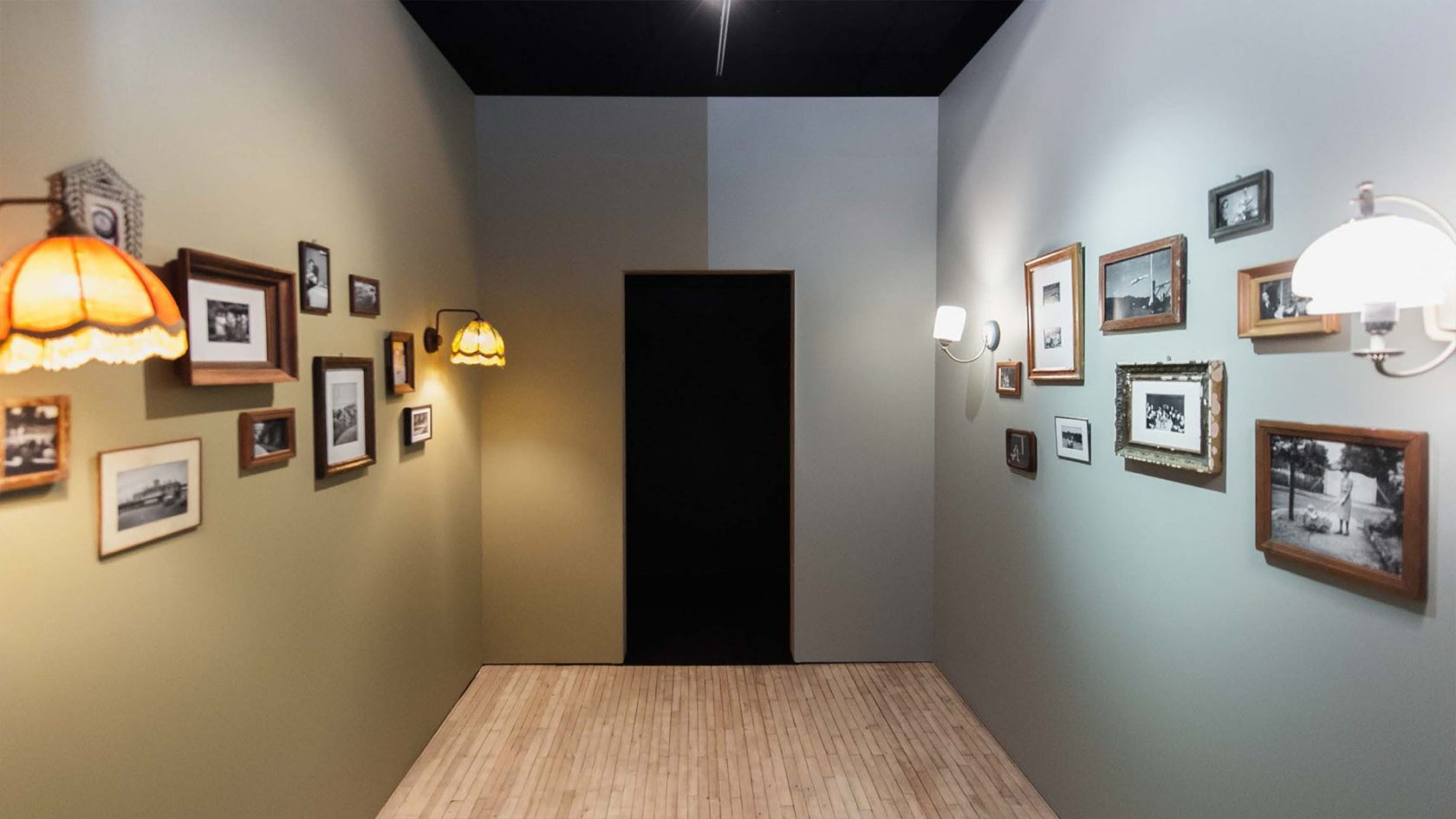
You have experience with education at Garage in Moscow. How has this influenced your ideas as a curator?
My first approach to institutional work was with the Garage Museum of Contemporary Art. It was driven by the attention and responsibility towards the public, since I worked in the Educational department preparing public programs for exhibitions. Thе knowledge and interest I matured allowed me to take the first steps towards caring and working with the audience in Armenia and later on at independent exhibitions. I try to diversify and make the activities around the exhibition as inclusive as possible. I personally make tours and often act as a mediator. I like to see and talk to the audience of all ages, hear their comments and questions, make them feel welcomed.
Is there any difference between Russian artists and artists from Western Europe?
I don’t think we can talk about the difference between the artists themselves. I would say that the dissimilarities are in the context of artists’ lives and work, in the conditions of artistic production, education, and in the prevailing discourses.
How would you describe the Moscow art scene right now? What is happening? What is changing?
I would describe it as lively and dynamic. Few years ago it saw a marked rise in self-organized artistic initiatives. Independent spaces were opened all over the city and their events were discussed more often than regular exhibitions in major art institutions. Now it seems that the situation has changed dramatically in favor of major institutions and systematic changes and large formats, the global goals are education, creating the environment, creating the context. in September 2020 V–A–C Foundation will open its new headquarters in GES-2, a disused power station that was built in 1907 in the center of the city. The second edition of Garage’s Triennial of contemporary art will also take place in the Fall of 2020. It embraces a great number of artistic practices and deeply works with regional scenes, trying to erase barriers and make space for creation. There are several short-term residencies and studios for emerging artists, like the Open-studios by Winzavod Center and Garage Studio program, the curatorial residency by White Room Foundation. A few new international art fairs were launched this year, there were a few initiatives supporting the institute of critics, some new curatorial MA programs, all made possible also by major private institutions. Of course, all this also affects the artistic production. But in my opinion, there is still room for growth and there is space for more targeted work and support for artists.

What do you consider your greatest achievement in your practice so far?
I would like to hope that it is yet to come. Still, there are some projects that I consider particularly challenging and valuable in shaping the artistic environment and my role in particular moments and contexts, such as the Power Nap exhibition (Yerevan Museum of Modern Art, 2018) for example, a few months before the Velvet Revolution. As for the competence for a curator – I hope caring for artists and their work, but it’s better to ask them.
What do you like about artists?
Consistency in practice, aspiration of not to bend over the changing world of the art system, living sensual and social expression through creation and bold dreams.
What art do you fear?
Thoughtless art.
Are you interested in particular themes or practices within art?
Actually not now, I’m more open to the individual practices of each artist. Lately I have been focusing on solo show exhibition formats. My previous independent group projects have been variously touching discourses of national identity, migration, collective memory and memory of the space, cultural belonging, the impostor syndrome, political slumber and artistic activism.
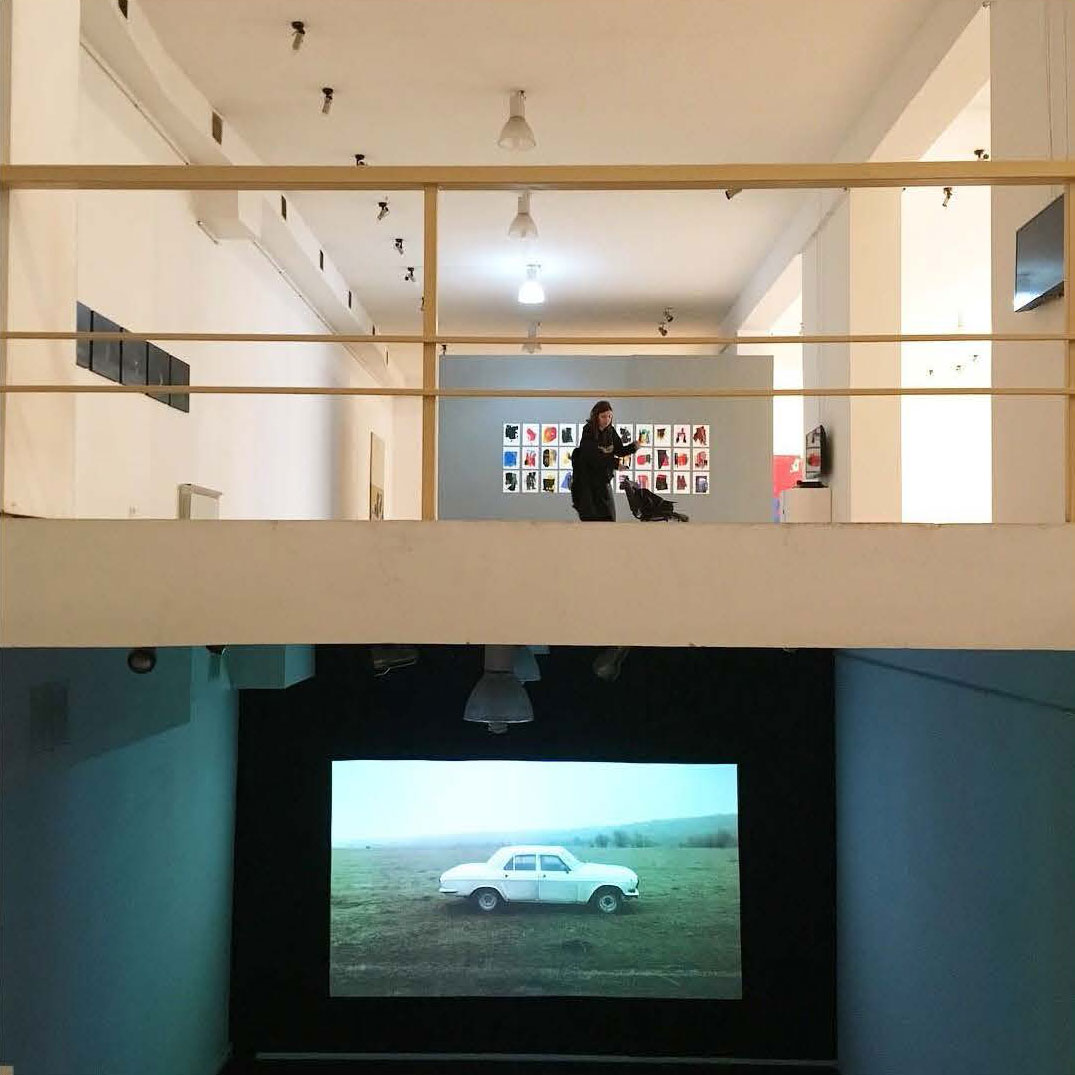
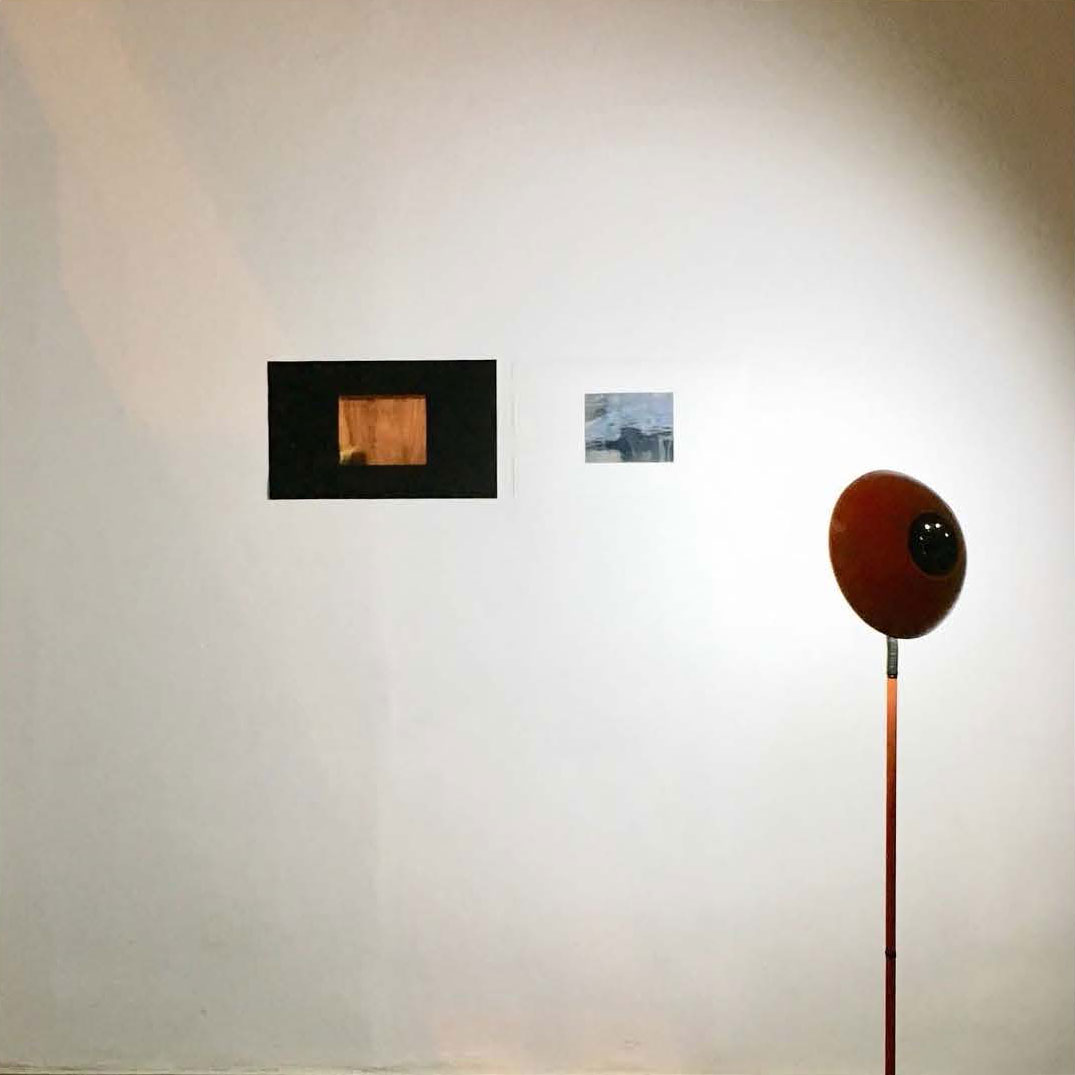
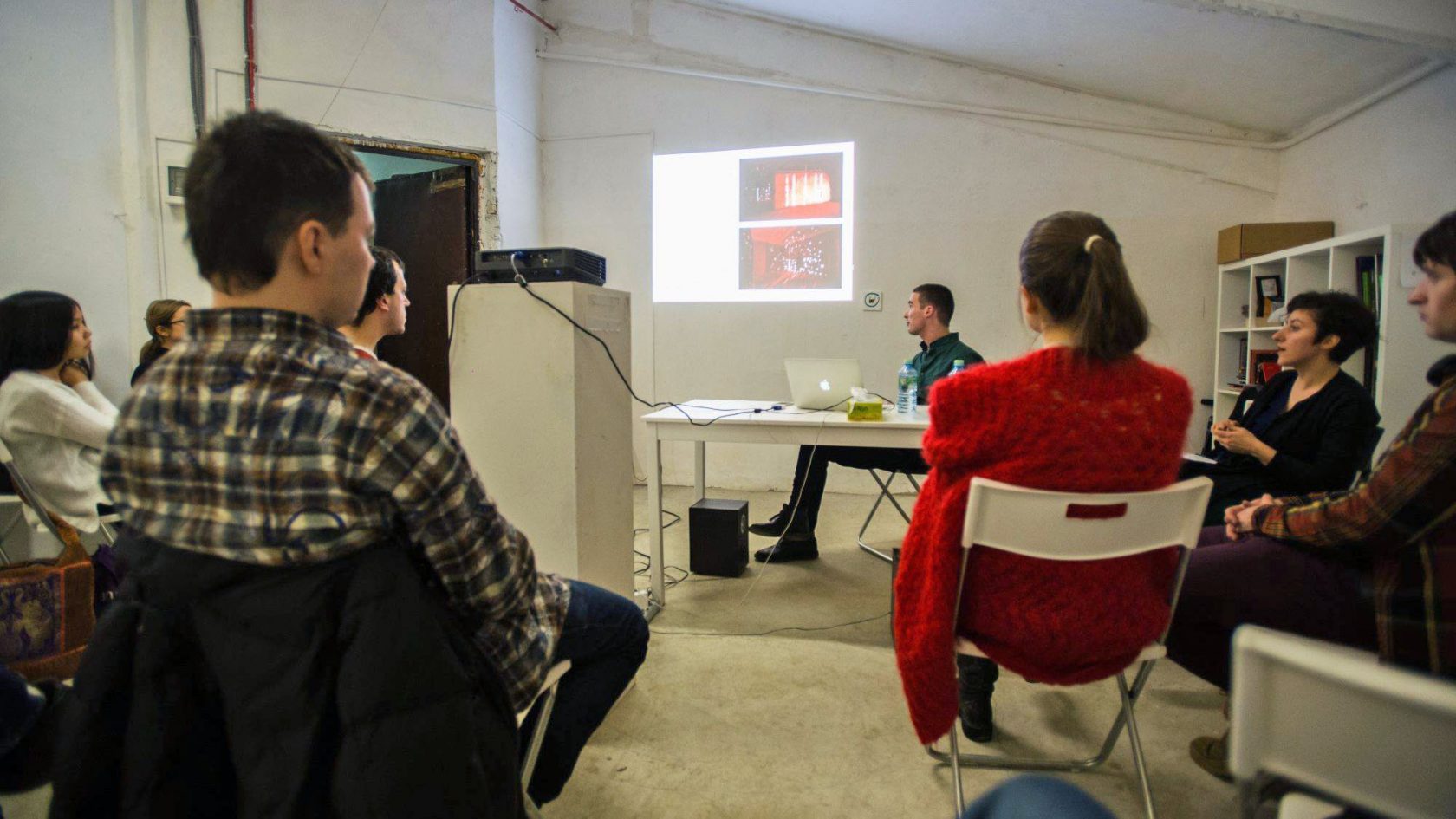
You co-founded the curatorial studio Triangle. What is the idea behind it?
Passion and caring have always been the driving force in my projects and in my life. A sense of solidarity and concern for the working conditions of young curators prompted me and several friends to create a DIY curatorial studio in Moscow in 2014. Collectively we rented a space in an old factory building, where some artists studios and artist-run galleries already existed. There, we continued our self-education and tried to set up the first exhibitions, helping each other in all aspects of the exhibition preparation. Soon the studio became noticed, many art practitioners started to visit us by their own interest or by invitation to give a lecture or hold a discussion. After a year and a half, we had to give up the space and switch to a closed online facebook group format, since most of us left to work in institutions.
Has the group been working for you so far?
Actually, yes. We still connect, consult in a group with each other and might ask for each other’s help, if there is a need for this. Such partners in crime! And it was understanding the importance of supporting emerging curators that allowed me to agree with a small private Foundation in Moscow to create a regular program of short workshops-residencies for young curators from Russia^ since there is still a lack of such initiatives. It is called One’s Own Room and inspired by Virginia Woolf’s essay of the same name. We had an open call and our first resident is Marina Pugina from the city of Perm.
What is the best conversation on art that you have experienced?
I can’t bring one specific example, but there are many people who have inspired me in personal conversations and whose ideas and work in art I admire. For example my close friend and artist Aslan Goisum, artists Mher Azatyan and Arman Grigoryan from Yerevan, curators Ekaterina Inozemtseva, Yulia Aksenova, Adelina Cüberyan von Fürstenberg, Christina Steinbrecher-Pfandt and Ivan Isaev and others. Sometimes the best conversations consist of communicating with friends from different fields, who are interested in contemporary art and ask disturbing questions.
How independent is an independent curator?
Happily dependent?
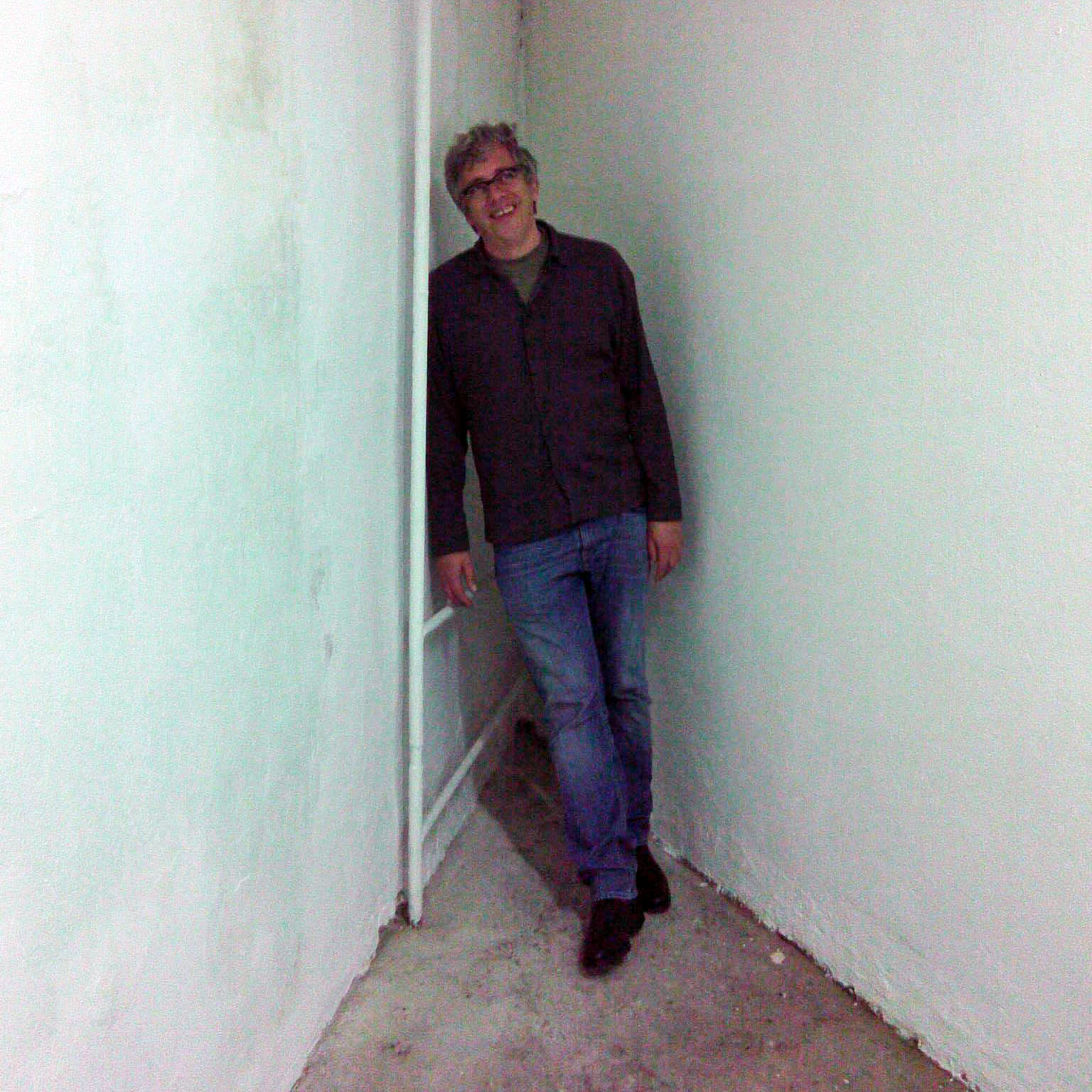

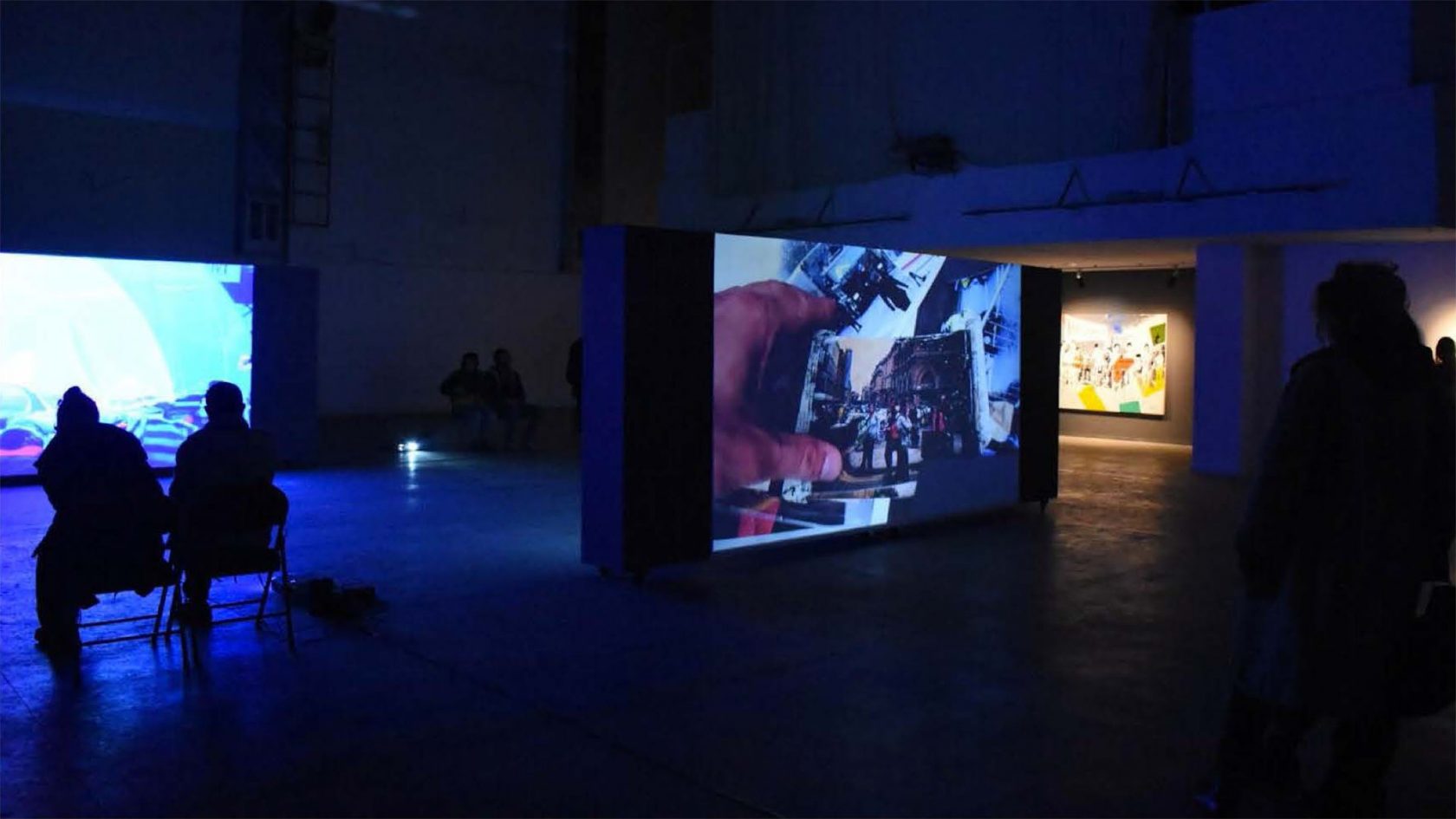
What is your current state of mind? What are you thinking about, these days?
In the last months I have been channeling my energies into new quiet events, including a series of curatorial dinners at my home before the pandemic began, where conventional small talk and formal discussions were replaced by long meaningful conversations among people, not just art professionals. Forgetting about statuses, everyone can be equal and new rules can be made up to make it more fun and interesting for everybody. It was an urge for live slow offline communication, transparency and creating alternative relationships that are more intimate. During the quarantine and boom of the online world, this has become more relevant to me. I am now trying to figure out at the same time how to save and reformulate that human experience.
Has the Corona crisis already changed your view on your art practice and how to continue? Or do you think it will?
Yes. In a total unpredictability, the future became so close, literally the present, where human responsibility and individual action could change the situation. The optics of looking into the future have changed. It’s too early to draw any big conclusions, but I think that the new measures will affect the possibility of artistic exchange and production, making them focused on local trends. On the one hand this may temporarily stop the speedy race in the art system and help to focus, on other other hand we should be aware of ‘the “new normals” and the rise of nationalisms. As for Moscow the period of lockdown made it temporarily possible to see alternative self-organized contemporary art media. In a situation of total questionable measures taken by the russian authorities such a mutual horizontal support is crucial. In April during a conversation with a couple of friends, who are artists we came out with the idea of a free platform, where artis without permanent gallery support could sell their works and donate a part of funds in support of healthcare workers.
We moved very slowly, talking a lot, answering questions from artists and our own for a long time. The preparation process itself has become a way to meet new young authors. Despite the fact that lockdown is officially lifted in Moscow, it will take a long time for independent institutions, curators, and artists to start working again. During the short period of existence of this initiative, 35 authors have joined the initiative. We did not initially set out to receive reports on sales and donations leaving direct communication to the artists and collectionaers. Many of the authors involved write back with gratitude. Other similar platforms have appeared in support of artists, which is very important and necessary), but with different goals, mechanisms of care, and different tone of communication with the artist and the audience.

How do you maintain your relationship with Armenia?
After returning from Armenia I do not stop being interested in art and the events taking place there. This happens through trips or participation in professional events, like being the jury for in a open-call competitions or consulting, during conversations with artists and art practitioners, following new works, just reading the news and connecting with relatives. I always want to include artists from Armenia in the projects I do, if possible. One of the most recent examples was the first solo exhibition of the artist Аsmik Melkonyan in Moscow. But what also connects me to Armenia is the constant attempts to read and learn its history, from which I was forcibly excluded. One of the future examples would surprisingly be the solo show of a young artist from Afghanistan Aziz Hazara in Tapies Foundation (Barcelona). I‘ve learned and started working with Aziz while preparing a group show in Yerevan Museum of Modern Art.
Have you had previous experiences with the Dutch art scene or Dutch artists?
Not much. A few years ago, I participated in an exchange visit for curators organized by The Mondriaan Fund. We got acquainted with the work of contemporary art institutions and exchanged experience with curators from Fort Vijfhuizen, EYE Museum, Nest, Rijksakademie and others.
What do you hope to find during your trip to The Hague?
I love the format of studio visits and consider it an important part of curatorial work, so first of all I look forward to meeting with artists, learning about their practices and having inspiring conversations. And of course meeting with fellow curators and exploring the city, it will be the first time when I have several days to enjoy it.
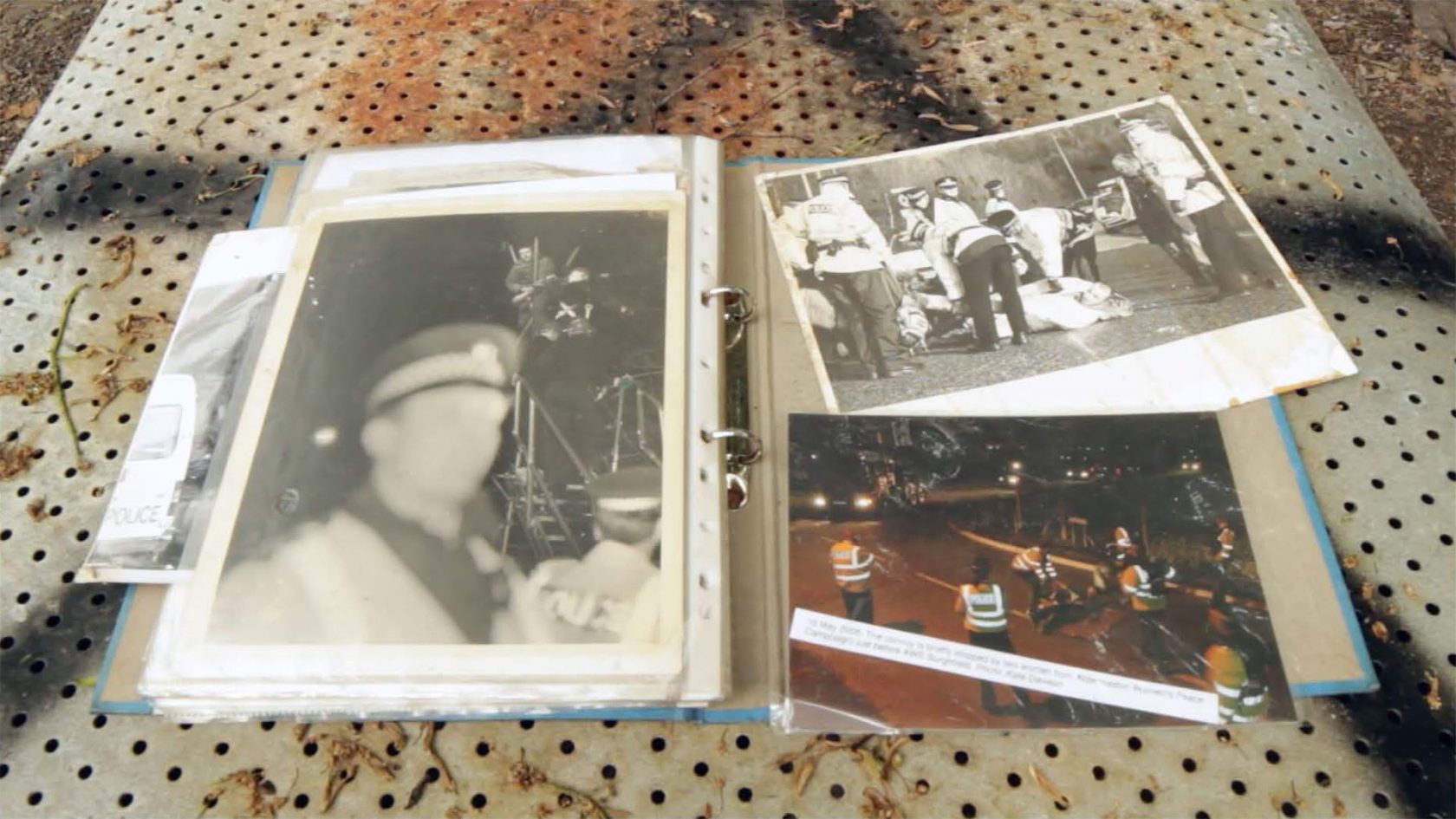
The Invest Week is an annual 4-day program for artists who were granted the PRO Invest subsidy. This subsidy supports young artists based in The Hague in the development of their artistic practice and is aimed to keep artists and graduates of the art academy in the city of The Hague. In order to give the artists an extra incentive, Stroom organizes this week that consists of a public evening of talks, a program of studio visits, presentations and a number of informal meetings. The intent is to broaden the visibility of artists from The Hague through future exhibitions, presentations and exchange programs. The Invest Week 2020 will take place from 21 to 25 of September.